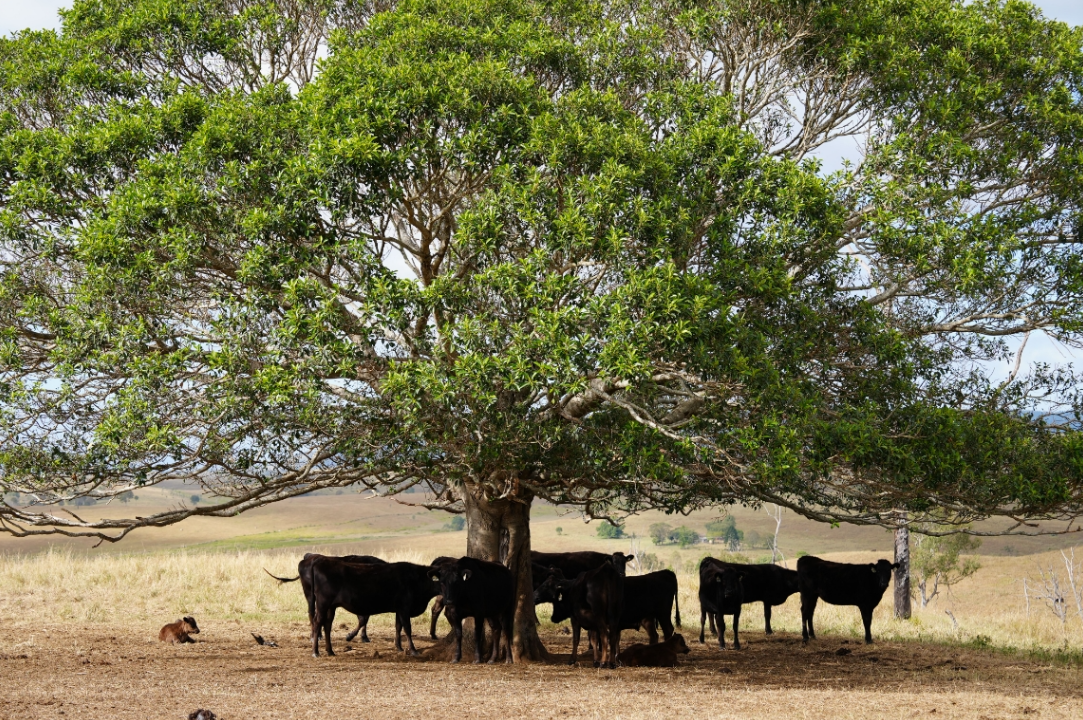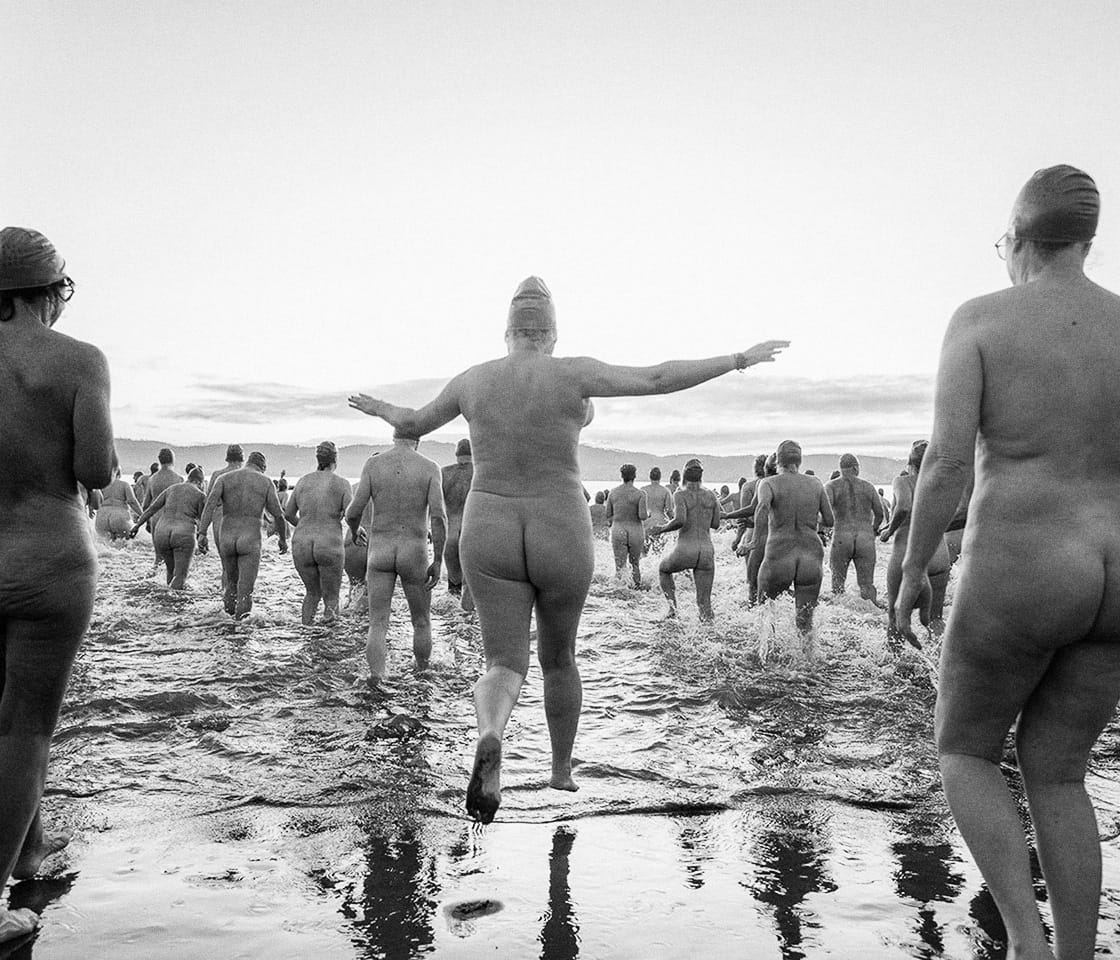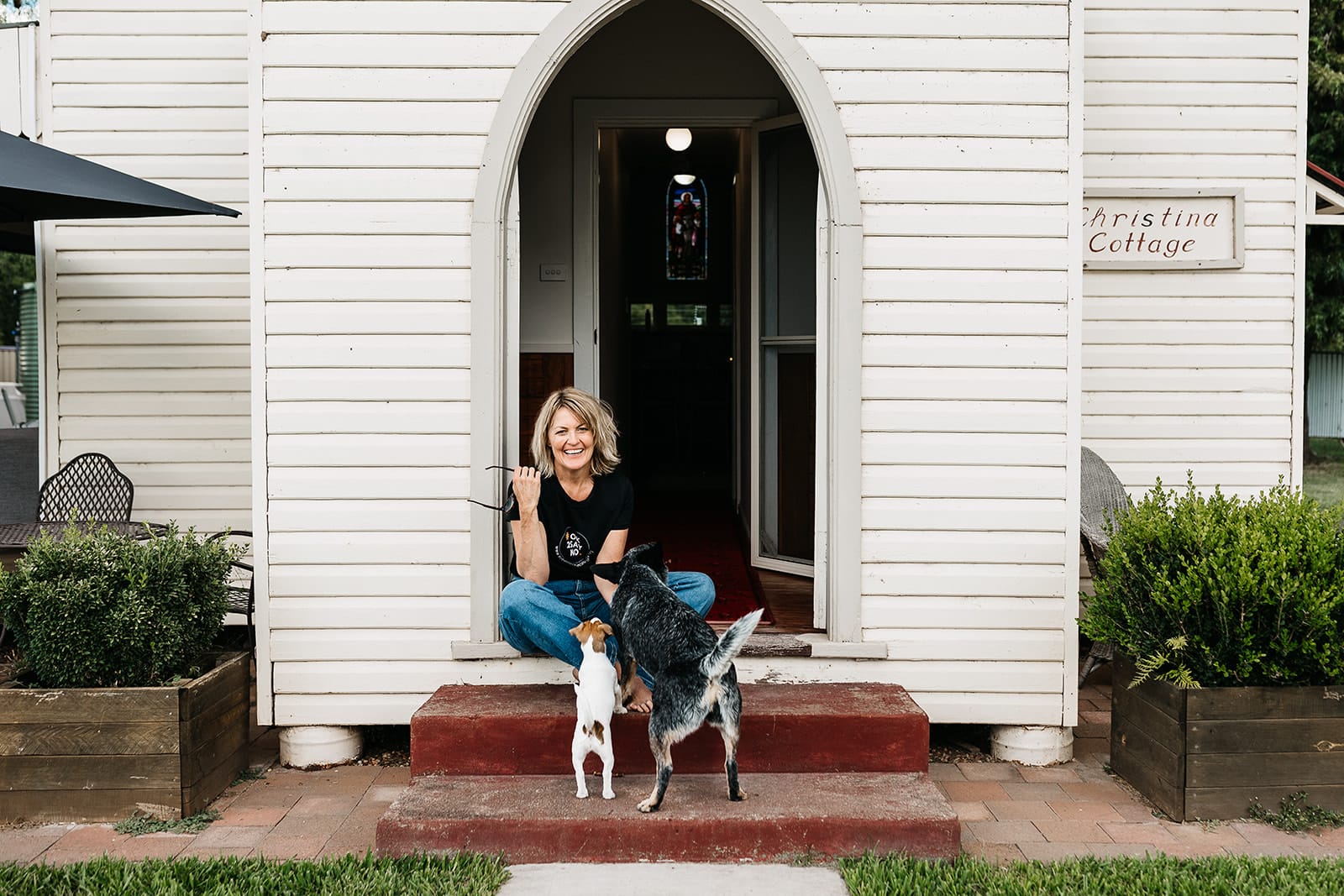
Plus pink trout, grey nomads and blackouts. Welcome to our newsy newsletter keeping you up to date with regional headlines that matter, plus other delightful things from life beyond the city.
Australia’s first standalone waste-to-energy facility will open at the end of the year in East Rockingham, WA but several major projects in Australia’s eastern states that face significant opposition have recently stalled.
Environmental advocates and community groups are concerned about the safety of emissions from the waste incineration process. A recent warning from the UN that “incineration imposes heavy health and other costs on local communities, and it is a significant source of greenhouse gases” shows the concerns are not unfounded.
Industry experts say modern waste-to-energy plants contain and control emissions with closed systems and advanced filtration technology. They also argue that waste-to-energy projects are currently the best solution to Australia’s growing waste problem. Those opposed, however, are concerned that Australia’s investment in these projects will slow the advance of safer, cleaner solutions (full story).
As a family-owned stud in south-east Queensland, Arubial Wagyu continues a century-old legacy of raising premium cattle and stewarding the land they call home. Arubial Wagyu aligns tradition with technology, ethical practices with genetic excellence to propel it miles ahead of the mob. Go beyond the dinner plate and explore the world of wagyu with Arubial. Learn more.
The closure of Eraring coal power station in NSW has been postponed until August 2027 at the earliest. The news comes after the Australian Energy Market Operator (AEMO) released an unexpected update to its 2023 Electricity Statement of Opportunities report earlier in the week (full story).
In the report, AEMO warned of an increased risk of blackouts in NSW and reliability gaps in other eastern states in the next few years as the complex transition from coal and gas to renewable energy in Australia continues its bumpy ride (full story).
Australia’s grape glut is back in the headlines this week with regional producers saying only extreme measures will solve the oversupply issues devastating the industry, after calls for increased funding went unanswered in the federal budget (full story).
The solution now, according to some regional producers, is a “permanent restructuring of supply and capacity”. In other words, ripping grape vines from the ground to reduce Australia’s wine production by about a third. “We built up a lot of pressure in terms of supply. You can’t stop growing grapes, they just keep growing,” said Victorian winemaker, Nikki Palun (full story).
A world-first product has been shown to take carbon from the atmosphere and pull it into soil, increasing soil carbon by up to 9.4%. The product, CarbonBuilder, is a powder loaded with microscopic fungi that can be used by landholders on cropping land to improve soil fertility, increase crop yields and offset carbon emissions. It could also unlock new carbon offset income for farmers through Australia’s carbon credit system (full story). Editor’s note: learn more about this invention, by Loam Bio, based in Orange, and other regional biotech bright ideas in Galah’s upcoming Issue 10.
Australians aged over 55 are increasingly choosing international travel and cruise ship holidays over camping and caravanning trips in Australia, according to Tourism Research Australia. There were 200,000 fewer camping and caravanning trips in the last quarter of 2023 in Qld compared to the same period in 2022; while overseas holidays doubled for over-55 Australians from 2022 to 2023 (full story).
More people are moving from Australia’s cities and suburbs to regional areas driven by the dream of affordable housing, more space and a better life—but some say the move may be more than people are bargaining for.
This week, the ABC shared stories from farmers urging people considering a lifestyle change to educate themselves on the requirements and risks before taking on a hobby farm (full story).
Last month The Guardian also ran a story about the reality of moving to regional Australia. Said Beck Carter, who moved from Sydney to Orange with her family: “I was caught off guard by the feeling of isolation and kind of a loss of identity that came with moving out here … We had no family, no friends, no backups … In the end, you’re actually paying less rent, but you’re earning less as well, and you’re paying higher fuel costs and travel” (full story).
Editor's note: When my husband and I decided to buy our first home in late 2019, our options were a two-bedroom apartment on a tram line outside of Melbourne or a four-bedroom log cabin on the Goulburn River in Central Victoria. The choice was simple, the move has been anything but. Five years on and despite all the challenges, I still feel that the beautiful dream of living in regional Australia is one that's worth pursuing—and I'm not alone.
Galah contributor and ex-tech executive Neil Varcoe bought an old building in Carcoar, NSW, population 271, with a dream to turn it into a boutique hotel. In We Bought a Hotel, Neil charts his adventures renovating, finding a place in the small community and missing his wife and two children back in Sydney. If you've missed past editions, you can catch up here.
We’d love to hear from Galahs who’ve made the move from cities and suburbs to regional and rural Australia. What has surprised you? How have your lifestyle, priorities, spending habits, relationships, and stress levels changed? What do people considering a tree change or sea change need to know?
If you’d like to share your story, reply to this newsletter, comment online or send an email to newsie@galahpress.au

It’s heads down, tails up at Galah HQ with the team working hard to finalise Issue 10 in time for the printers. If you’re curious about ideas and inventions of all kinds from regional Australia, you’ll love this issue. If you’re here for stories about inventive people, places, art, gardens, books and food, there’s plenty of that, too. Subscribe here, and we’ll send it to you hot off the presses.
Besides the fabulous stories, there’s another good reason to subscribe to Galah magazine this month. For every new magazine subscriber in the month of May, we’re donating $5 to the national sexual, domestic and family violence response and recovery service, Full Stop Australia. We’ve raised $2,456 (and counting). Help us help Full Stop by subscribing to the print magazine here.


Australian artist Kiata Mason’s latest solo exhibition explores the colour, chaos and beauty of the domestic. Mason’s joyfully maximalist paintings feature tablescapes adorned with objects sitting artfully amid food, cups of tea and other everyday detritus. Each piece gives viewers the sense of peering into a richly intimate world that is at once familiar and unexpected. Catch Made to Treasure at AK Bellinger Gallery, Inverell, NSW until 8 May. Read more.
Hobart’s mid-winter solstice festival, Winter 2024, will be a pared-back version of Dark Mofo, which is on pause this year. Regardless, there’s plenty of food, art, music, dancing and debauchery to be had. The program includes the Mona Gala, Night Shift dance party, and nightly Winter Feast. The infamous Nude Solstice Swim will also return this year—because it wouldn’t be winter in Tasmania if you weren’t literally freezing your bits off. On 13-23 June. Read more.
Artback NT and the Borroloola community present the 10th annual Malandarri Festival in the NT’s Roper Gulf region, where the Yanyuwa, Garrwa, Gurdanji and Mara peoples invite festival goers onto Yanyuwa Country to celebrate culture through dance, music, fashion, workshops, markets and food. On 14-15 June. Read more.

Interview by Emma Hearnes
Shanna Whan OAM has had a remarkable journey from almost losing her life to alcohol addiction in 2015 to becoming Australian of the Year for her work at Sober in the Country in 2022. Through Whan’s tireless advocacy, Sober in the Country has grown from an online blog into a nationally respected grassroots not-for-profit organisation, shifting the conversation about alcohol in regional Australia and saving lives in the process.
Home for me is Maules Creek, a bush village in northwestern NSW flanked by Nandewar Ranges in the background and dotted with cattle, sheep, cropping and creeks. My husband, Tim, and I live in a little church-turned-home, but soon we plan to relocate right under the mountains to a properly wild space.
It feels like yesterday I was sitting on the back step, a newly sober 40-year-old wondering what on God's green earth I'd do with my life. I wholeheartedly credit Tim for propelling me forward. Finally one day I sat down with a big piece of butcher's paper, wrote down the words ''stuff that I am good at'' and created my dream job. I worked for free for the first five years, until we became a charity and gained generous support.
Catherine Marriott OAM, Leila McDougall, Fiona Simson and Olympia Yarger are all incredibly inspiring women in agriculture who have become good friends. They are all leaders in their field (pardon the pun) who have carved their way in a traditionally male-dominated space and in the face of immense challenges and adversity.
I recently spent three long, dusty, wonderful days helping out at our local Maules Creek Campdraft, which is quickly becoming known as one of the best on the circuit. Once I finally got home and switched off, I reflected on how incredibly important and meaningful it is to be part of such a beautiful community and feel at home. I used to always be running, from myself it turned out, and alas wherever I ran to, there I was. I’m approaching 50, with roots now firmly down for the first time in my entire life. I am home.
Adaminaby’s Big Trout got a paint job late last year as part of restoration works to celebrate the sculpture’s 50-year anniversary. But the newly unveiled sculpture triggered public outcry, with critics saying it doesn’t resemble a real trout.
“Every time it has been painted – which has happened a lot – some people are happy and some aren’t,” said Doug Rogan, the man behind the controversial restoration. “This one seems to have caused more controversy than any other time.”
Big Trout fans, apparently happy to suspend belief over the size of the sculpture (it stands 10m tall), say painting it hot pink was a step too far. In response, the local council held a public vote on what the Big Trout’s colour scheme should be. Adaminaby is home to 350 people—the council’s online polls collected more than 2600 votes. Not since Boaty McBoatface has an online poll seen so much action.
This week, the restoration team has picked up their paint brushes to have another go. Rogan said the last business to give the fish a refresh “ran a mile” when asked to do the work again. Now he knows why (full story).
We’d love to hear about the news, events and people that should be making the headlines in the Galah Weekly newsy. Share what’s new(s) in your neck of the woods with us at newsie@galahpress.com